A photograph of the city through our guest’s eyes
![]()
![]()
![]()
![]()
![]()
![]()
![]()
![]()
![]()
![]()
![]()
![]()
![]()
![]()
![]()
![]()
![]()
![]()
![]()
![]()
![]()
![]()
![]()
![]()
![]()
![]()
![]()
![]()
![]()
![]()
![]()
![]()
![]()
![]()
![]()
![]()
![]()
![]()
![]()
![]()
Italy’s DMCs share with DUCO tips on gastronomy, landscapes, and secret treasures
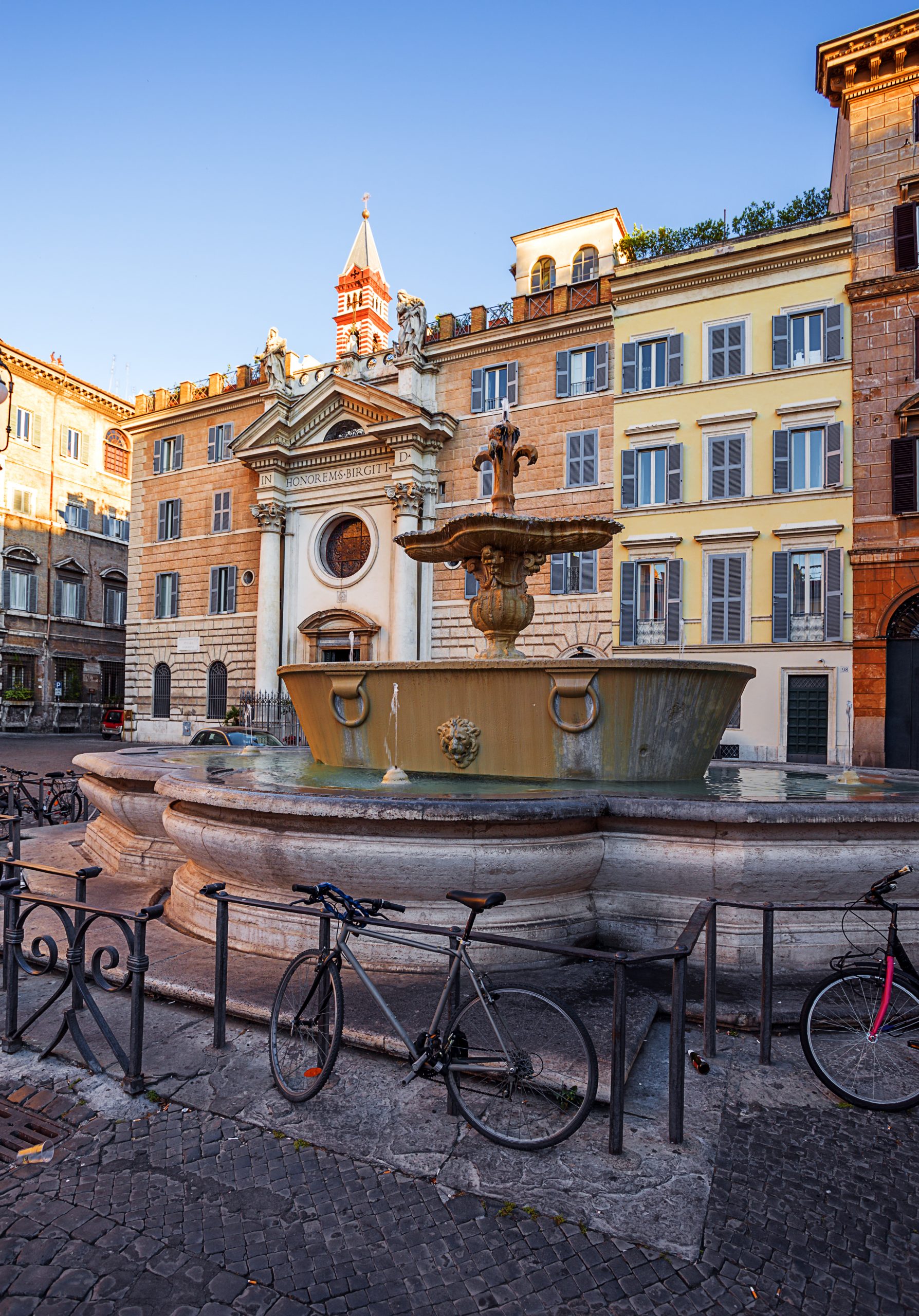
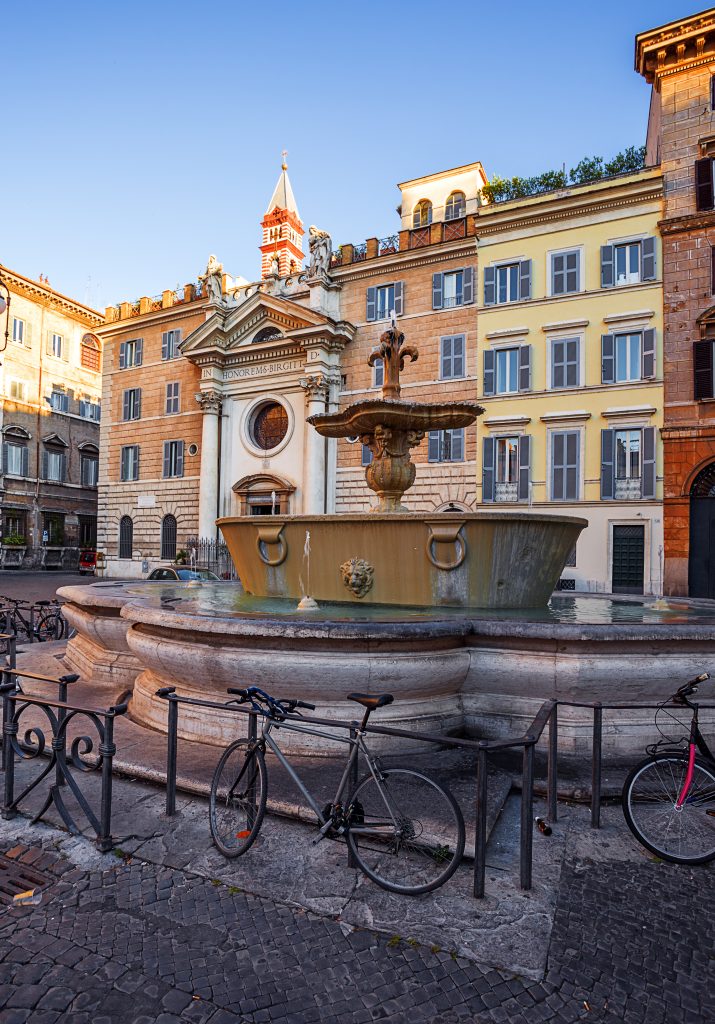
Luxury DMC Access Italy gives us a little local history and invites us through the legendary doors of Pierluigi, a premier restaurant near Piazza Farnese.
Piazza Farnese doesn’t make many must see lists, why shouldn’t it be missed?
Piazza Farnese is one of the most elegant and enchanting squares from the Renaissance period. It lies just beyond the colorful and lively open-air Campo de’ Fiori fruit market, where the sudden change of atmosphere offers a majestic and austere palazzo in a quiet and imposing plaza. Palazzo Farnese was once considered one of the four wonders of Rome alongside the Colosseum, the Pantheon and Castel Sant’Angelo, as the beauty of the palazzo is in part thanks to the great Renaissance master Michelangelo, who designed the architectural project. The vast and open square is decorated with two magnificent basins made of Egyptian granite, a beautiful memory of ancient Imperial Rome.
A few steps away from Piazza Farnese lies another secret treasure, off the beaten track: Piazza de’ Ricci, which holds Pierluigi, one of the most exclusive restaurants in Rome.
What makes it so special?
A pioneer in Roman culinary tradition and a family business since 1938, Pierluigi specializes in fresh fish and seafood. After all, Rome is basically a coastal city, and Romans love fish! The restaurant boasts an excellent wine cellar and American-style cocktail bar. Thanks to its luxurious and intriguing atmosphere, Pierluigi is a must for the local Roman elite and a top-choice restaurant for international and American visitors. If you want to get to know the secrets behind the scenes, enjoy specially customized cooking lessons in a friendly and warm atmosphere.
For more information about Access Italy, click here.
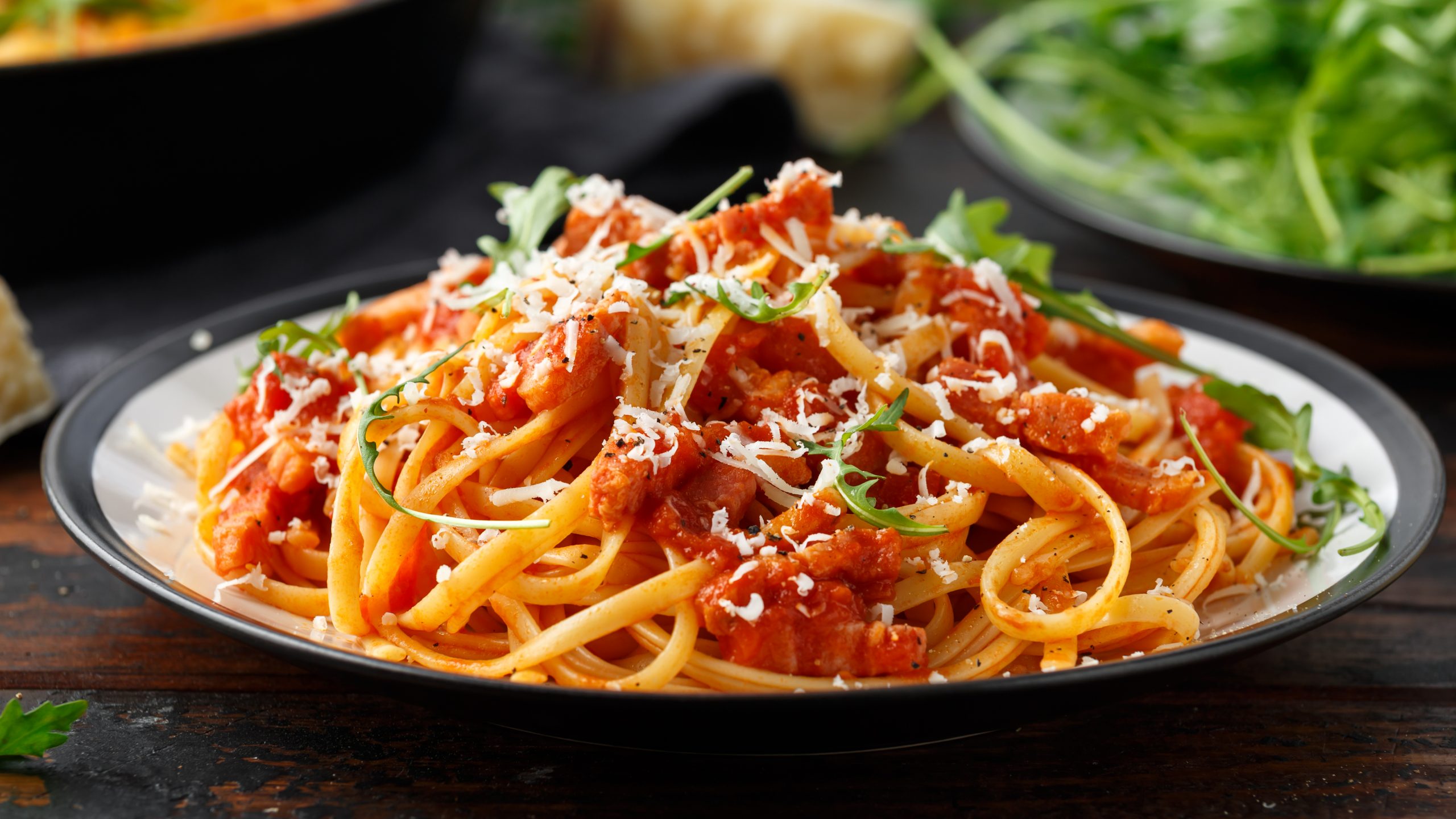
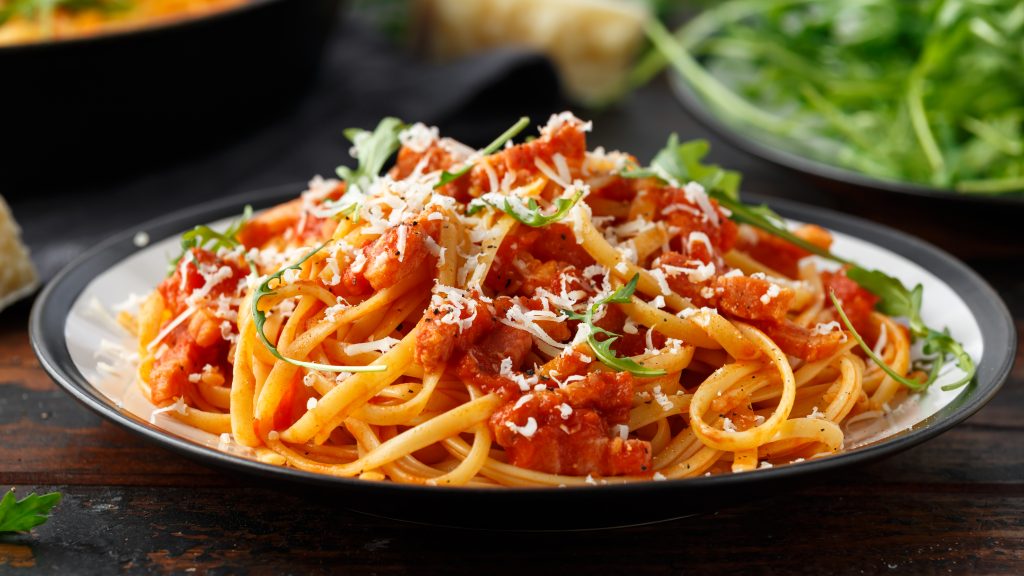
Instead of presenting an unknown local delicacy, Fulvio de Bonis of DMC Imago Artis prefers to elevate the Roman queen of pastas: Amatriciana.
Gastronomic Storytelling:
Of course, the tastiest Amatriciana is the one made by an Italian Nonna as the most coveted culinary secrets are passed down from generation to generation. Nonna prepared the Amatriciana starting with traditional egg-based home-made pasta with a secret trick: pressing it a bit more to make it just a little wider so that the pasta better holds the tomato sauce. The sauce must be made with local ingredients coming from nearby fields. Any local will tell you that the flavor of vegetables changes a lot from one region to another!
It’s fundamental for Nonna’s Amatriciana to have small bits of guanciale – this is the cheek of the pig – as per the original recipe. Don’t make the mistake of using pancetta (bacon) as a substitute! Also, remember not to use too much salt, as the guanciale already gives a salty flavor to the sauce.
The final touch is a dusting of pecorino romano cheese — not Parmigiano — on top of the pasta just before eating it!
For more information about Imago Artis, click here.

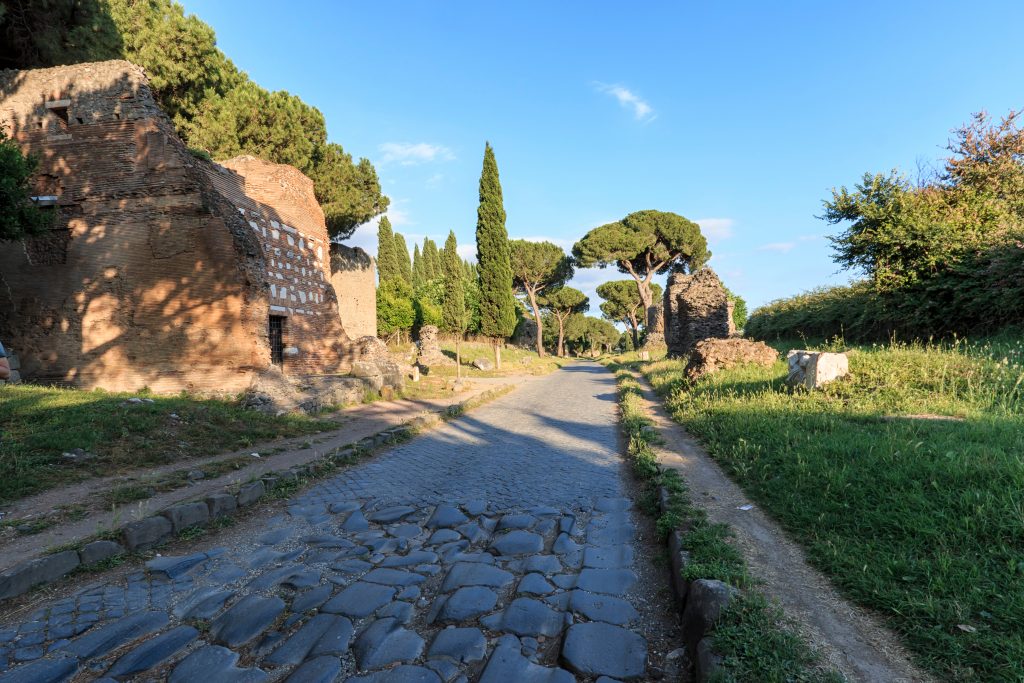
Marilena Barberi of DMC Italy with Class offers an alternative route for your Roman holiday: cycling down the fabled Appian Way.
Of all the treasures in Rome, what makes this so special?
Venturing down the Old Appian Way is Rome’s most rewarding outdoors experience. Built in the 4th Century BC, this consular road ran from Rome’s city walls to Brindisi in the south. Because burial within the ancient city was forbidden, the road was gradually lined with tombs, becoming prime post-mortem real estate for ancient Rome’s rich and famous.
Cycling down the Via Appia Antica today, you feel like you have been transported back in time 2,000 years. The scenery is simply breathtaking: open fields stretch out towards the hills in the distance, tombs and villas line its cobbled stones, and, if you pick the right day, you will encounter an entirely different form of Roman traffic in the form of the Appian Way’s hundreds of wild goats.
When is the best time for newcomers to visit?
Sunday is the best day for a cycle down the Appian Way. Apart from locals going bike-riding, jogging, or dog-walking, you’ll have the ancient road entirely to yourself. Its umbrella pines and cypress trees provide ample shade from the Italian sun, and the many villas and ruins along the way offer a seductive refuge for a picnic lunch.
If you venture just a little further down the Via Appia Antica, your fatigue will be rewarded when you reach La Fattoria di Fiorano. Owned by the Antinori and Boncompagni Ludovisi families, this quaint farmstead is an idyllic rural retreat for an indulgent country lunch. Everything is sourced directly from the estate, and its Fiorano wine, produced in its fertile vineyards, has been awarded as the best wine in the region.
Do you have any special related memories?
The first time I visited La Fattoria di Fiorano was in October this year. They happened to be hosting a harvest event: “Fiorano for Kids,” in which children pick the grapes and learn about country life. The event culminated in a delicious rustic lunch prepared by one of Rome’s foremost Michelin chefs, and all proceeds were donated to the children’s hospital “Bambin Gesu.”
For more information about Italy with Class, click here.
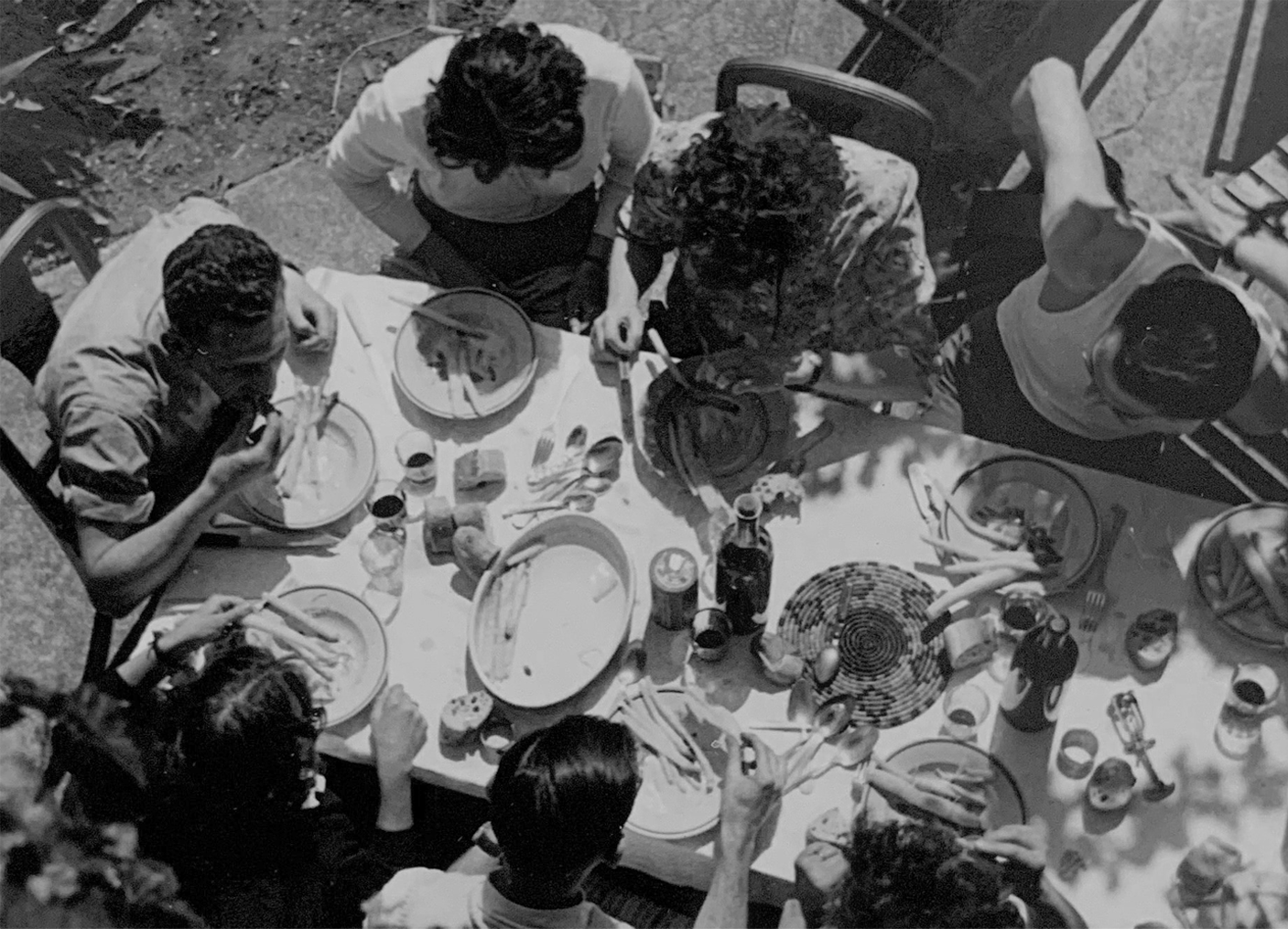
“It is the livelihood, the joy of living, and the noisiness at times of the Romans that makes this city such an incredible place.”
Andrea Spalletti Trivelli, Villa Spalletti Trivelli
“Apart from Rome’s unparalleled beauty, what makes Rome unique is the way it makes you feel.”
Luca Virgilio, Hotel Eden